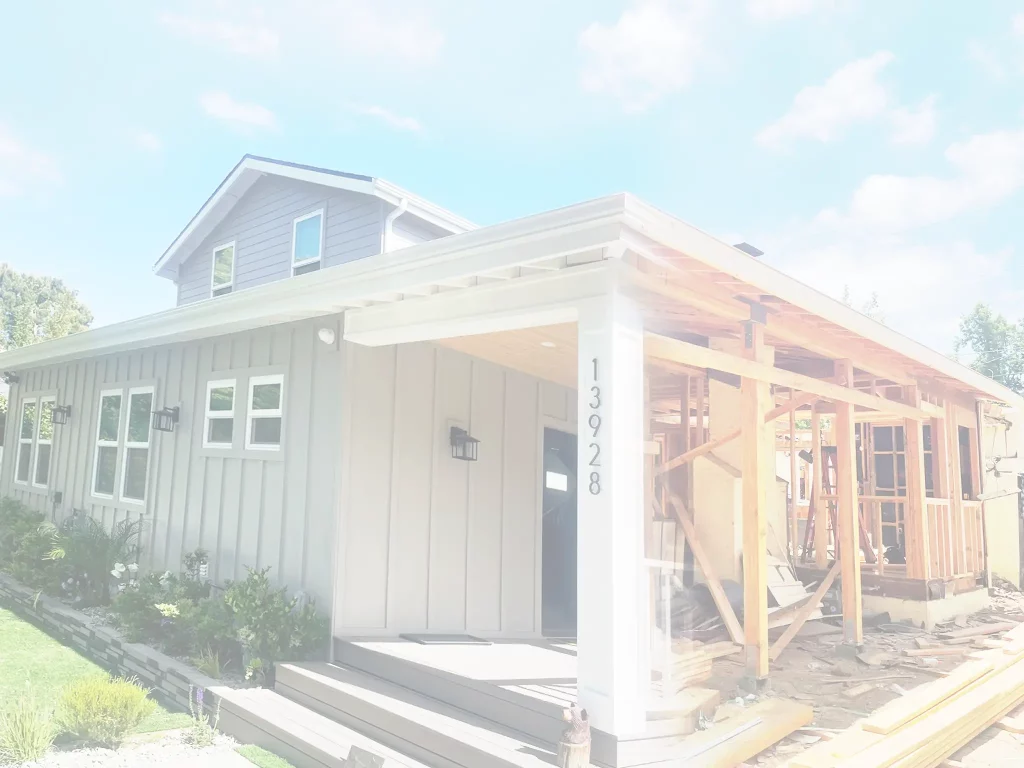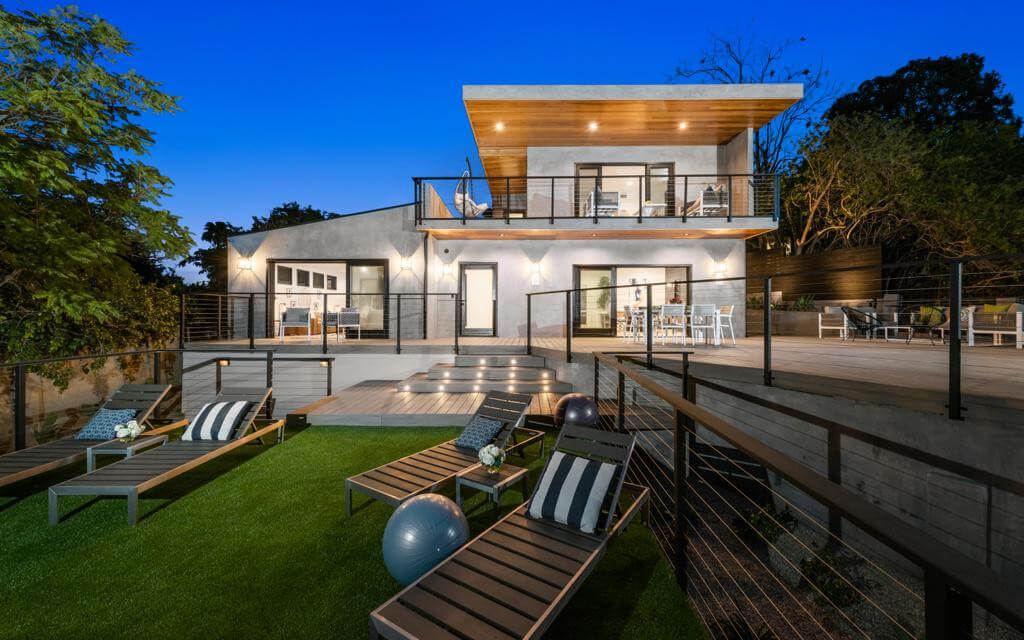Introduction
Home sweet home. It’s a phrase that is known and loved by many. But to a growing number of people, a home is more than just a place to hang their hats at the end of the day; it’s an opportunity to make a profit. Welcome to the world of House flipping in Los Angeles!
According to real estate data firm ATTOM, nearly one in 10 homes sold in the first quarter of 2022 were flipped – the highest level since 2000. With its growing popularity and potential for profit, house flipping has captured the imaginations of professional real estate investors and ordinary individuals alike1.
What is House Flipping?
You might be wondering, what exactly is house flipping? In simple terms, house flipping is when someone buys a property, holds onto it for a short time, and then sells it for a higher price. Instead of buying a home to live in as a residence, you’re buying a home as a real estate investment, speculating in it as you would a stock.
Sometimes, flipping a house means taking a fixer-upper and renovating it to make it market-ready. Other times, it involves simply holding the property until you can sell it for more than you paid for it. Either way, the goal is to buy low and sell high, earning a profit in a relatively short amount of time, usually within months or a year1.
Pros and Cons of House Flipping
Like any investment, house flipping comes with its own set of rewards and risks.
Pros:
- Potential Profit: The typical gross profit from house flipping was $67,000 in the first quarter of 2022, according to ATTOM. And while that’s an average, some flips can earn significantly more1.
- New Job Opportunity: Some people start house-flipping as a side hustle and eventually move into it full-time, turning their passion into a profitable business1.
- Improved Neighborhood Values: By renovating distressed properties, house flippers can help increase home values in a neighborhood, contributing to its revitalization and improvement1.
- Investment Diversification: Real estate is a popular long-term investment that can provide a good counterbalance to stocks and bonds in your portfolio. Flipping homes offers a way to cash in on these investments1.
Cons:
- Unexpected Repair Costs: House flippers often encounter unforeseen issues that require costly repairs, from mold and asbestos to structural problems1.
- Potential Legal Issues: House flipping can involve legal risks, such as unclear property titles or issues that weren’t properly addressed before sale1.
- Market Risks: A flipped home might not sell quickly, leading to ongoing carrying costs like mortgage payments, property taxes, and insurance1.
- Emotional Stress: House flipping can be emotionally draining due to the financial risks and the pressure of making the right decisions1.
Getting Started with House Flipping
If you’re considering dipping your toes into the world of house flipping, here are some essential steps to help you get started:
1. Set a Budget: House flipping is not an endeavor to enter without a clear financial plan. It’s crucial to account not just for the purchase price of the property, but also for renovation costs, carrying costs, and a cushion for unexpected expenses. A common suggestion for beginners is to multiply your initial budget estimate by five to ensure you have enough coverage for unforeseen costs1.
2. Assemble Your Team: A successful house flip often involves a team of professionals, including real estate agents, contractors, home inspectors, and attorneys. Each professional plays a crucial role in the process and can help ensure you’re making informed decisions.
3. Identify the Right Property: Not all properties make good flip candidates. Look for homes that can be bought at a discount, typically because they need some work, but that are in desirable neighborhoods where homes sell well.
4. Plan Your Renovations: Once you’ve acquired a property, develop a detailed renovation plan. This should include both necessary repairs to make the property habitable and updates that will improve its market value.
5. Execute and Sell: Carry out your renovation plan and then list the property for sale. A good real estate agent can help you price the home appropriately for the market and attract potential buyers.
Case Study: House Flipping a Home in Los Angeles
Let’s take a look at a real-world example of a home flip in Los Angeles, a city known for its dynamic real estate market. Our team at Flip It Homes recently completed a successful flip in the heart of the city.
The property was a 1950s bungalow that had seen better days. We purchased it for a price well below the neighborhood average, thanks to its need for significant renovations. Our team saw potential in its solid structure and desirable location.
We budgeted for a complete overhaul of the home, including updated plumbing and electrical systems, a new roof, and a fully remodeled kitchen and bathrooms. We also planned for landscaping improvements to boost the home’s curb appeal.
The renovation process took six months. Despite encountering unexpected termite damage, we stayed within our expanded budget thanks to careful planning and efficient work by our contractors. Once completed, the property featured a modern open-concept layout, a gourmet kitchen, and a master suite with a spa-like bathroom.
We listed the property and accepted a competitive offer within two weeks. The final sale price provided a substantial profit and reinforced our belief in the potential of house flipping in Los Angeles.
The Future of House Flipping: Robotics in Construction
As we look to the future of house flipping, one trend stands out: the use of robotics in construction. From rebar-tying robots to automated drywall finishers, these technological advancements are making construction and remodeling processes faster and more efficient23.
By embracing these technologies, we at Flip It Homes are not only improving the efficiency of our renovations but also ensuring that our flips incorporate the latest advancements in home construction.
Conclusion
House flipping in Los Angeles is more than just a real estate investment strategy; it’s a way to transform properties, neighborhoods, and lives. Despite the challenges it presents, the rewards—both financial and personal—can be significant for those who approach it with preparation, knowledge, and a dedicated team.
Are you ready to dive into the dynamic world of house flipping? Contact us at Flip It Homes. Let’s start flipping your dreams into reality today!
Frequently Asked Questions
Q: What is the 70% rule in house flipping?
A: The 70% rule is a common guideline in the house flipping industry. It suggests that an investor should pay no more than 70% of the After Repair Value (ARV) of a property, minus the repair costs. For example, if a home’s ARV is $200,000 and it needs $20,000 in repairs, an investor should pay no more than $120,000 for it. This rule is used to quickly assess whether a deal is likely to be profitable.
Q: Is it still profitable to flip houses?
A: Yes, house flipping can still be a profitable venture. However, profitability greatly depends on factors like the location of the property, the state of the real estate market, the purchase price, the cost of renovations, and the eventual selling price. It’s important to do thorough research and possibly seek advice from real estate professionals to ensure a good return on investment.
Q: Is it a good idea to flip houses?
A: House flipping can be a great idea for those who are well-prepared and informed about the process. It can offer significant profits, and also the satisfaction of improving properties and neighborhoods. However, it’s not without its risks, including unexpected repair costs, market fluctuations, and properties that take a long time to sell. As with any investment, it’s important to do your homework.
Q: How much money do I need to flip a house?
A: The amount of money needed to flip a house can vary widely depending on factors like the purchase price, repair costs, and holding costs. Some experts recommend starting with a budget of at least $50,000 to $70,000. However, the amount can be much higher in competitive markets or for properties that need extensive repairs.
Q: Why is house flipping illegal?
A: House flipping itself is not illegal. However, some practices associated with house flipping can be illegal, such as fraudulent appraisals, illegal property flipping, or deceptive loan practices. It’s important to conduct business in an ethical and transparent manner and to work with reputable professionals in the real estate industry.
Q: Is 100k enough to flip a house?
A: Whether $100,000 is enough to flip a house greatly depends on the specific circumstances. In some markets, this amount could cover the purchase price and repair costs of a property. However, in more expensive markets like Los Angeles, $100,000 might not be sufficient, especially for properties that require significant renovations. It’s crucial to create a detailed budget that includes all potential costs before starting a house flipping project.
If you have any more questions about house flipping, don’t hesitate to contact us at Flip It Homes. We’re here to help you on your house-flipping journey.




